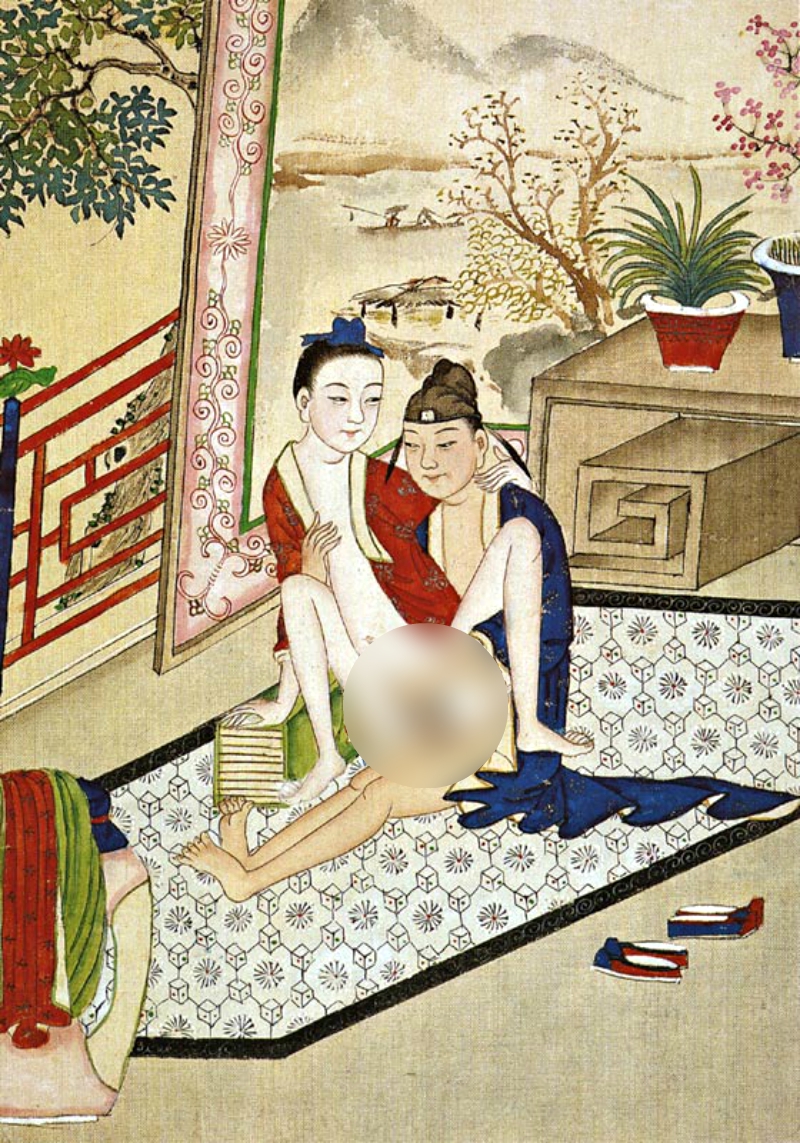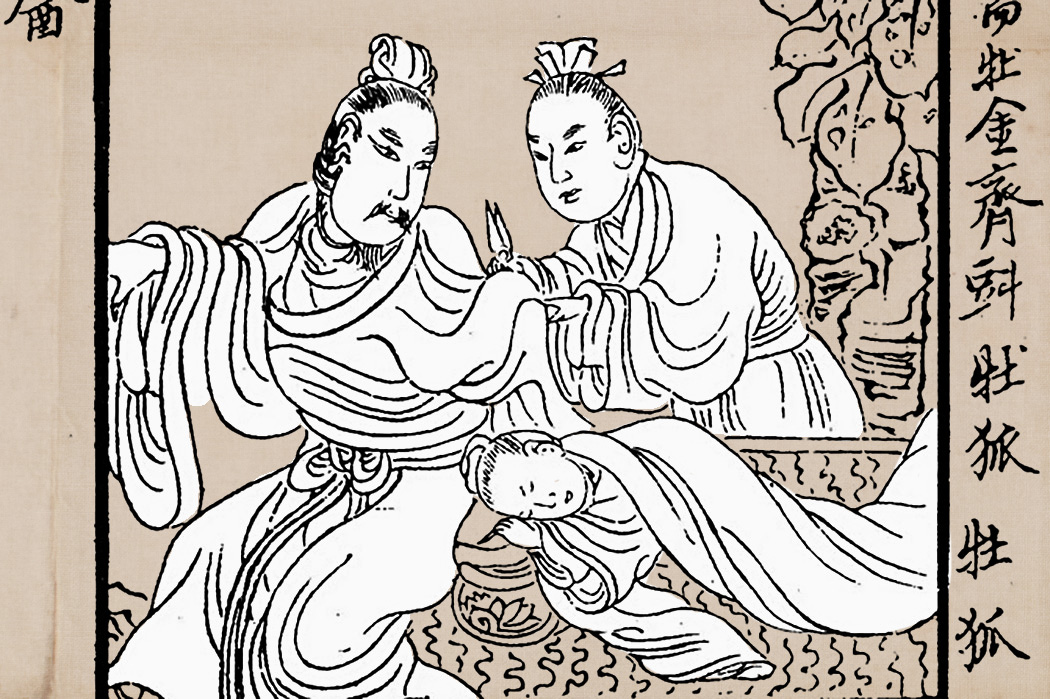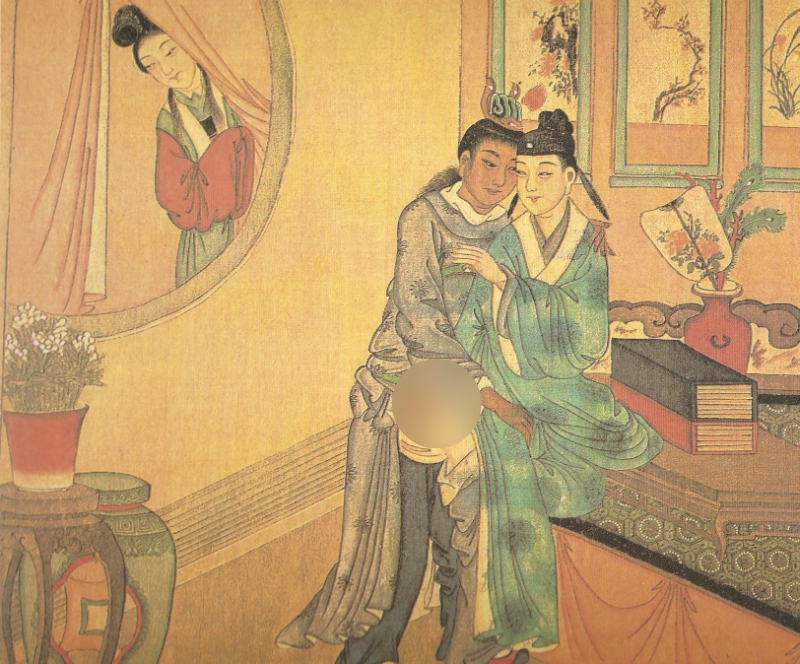Bisexuality Was Very Common in Han Dynasty China, According to Historians
While the acceptance of same-sex relationships is arguably lethargic in modern China, stories from antiquity paint a stark, fascinating contrast: male rulers having male “favorites” who nearly inherited their empire.


When this happened: The majority of the emperors of the Han dynasty (206 B.C.-220 A.D.), the second imperial dynasty of China, had wives and male companions, according to historian Bret Hinsch.
- Among them is Emperor Ai, who ascended the throne at the age of 20 and ruled from 7 B.C.-1 B.C.
- Ai loved a young man named Dong Xia so much that he cut the sleeves of his robe to prevent the latter sleeping on it from waking up.
- In his aptly-titled book “Passions of the Cut Sleeve,” Hinsch asserts that all 10 emperors of first two centuries of the Han dynasty — Ai being the 10th — were “openly bisexual”: Emperor Gao favored Jiru, Emperor Hui favored Hongru, Emperor Jing favored Zhou Ren and Emperor Zhao favored Jin Shang, to name a few.
- Bisexuality was not only accepted in China, but it was also the norm in much of Asia, while Europe and its Christianity promoted homophobia.
- Little is known about the same-sex practices of women in the Han dynasty, but there have been records of a so-called “paired eating,” according to historian Leila J. Rupp, which likely refers to cunnilingus.

How times changed: Homophobia did not seem to penetrate Chinese society until the dawn of the Song dynasty (960-1279), which enacted legislation against matters such as crossdressing and male prostitution, according to historian Matthew H. Sommer.
- Despite such laws, same-sex practices persisted through the Ming dynasty (1368-1644), whose married Zhengde Emperor is believed to have had a relationship with Sayyid Husain, a Muslim leader from Haim, Xinjiang.
- The Tianqi Emperor, the 16th ruler of the Ming dynasty, allegedly had two private palaces: one for his female lovers and one for his male lovers.
- The true shift in attitudes apparently started in the Qing dynasty (1644-1911), which canonized Confucianism and its strict obedience to the social order.
- In 1740, the first anti-homosexual decree defined voluntary homosexual intercourse between adults as illegal, according to China.org.cn.
- Those who practiced homosexual activities faced their worst period of persecution during the Cultural Revolution (1966-1976) when the government considered homosexuality as a mental illness.

China legalized sodomy in 1997 and removed homosexuality from its list of mental illnesses in 2001. But while those who live bisexual and homosexual lifestyles enjoy better freedom — as well as better recognition and representation — there are still hurdles to overcome.
Even the deceased Emperor Ai failed to bequeath the kingdom to Dong Xian after the court ruled that such an act of “favoritism” was too far. In the end, they forced Dong Xian and his wife to kill themselves.
Feature Image via Wikimedia Commons
The post Bisexuality Was Very Common in Han Dynasty China, According to Historians appeared first on NextShark.
✍ Credit given to the original owner of this post : ☕ NextShark
🌐 Hit This Link To Find Out More On Their Articles...🏄🏻♀️ Enjoy Surfing!



















Post a Comment